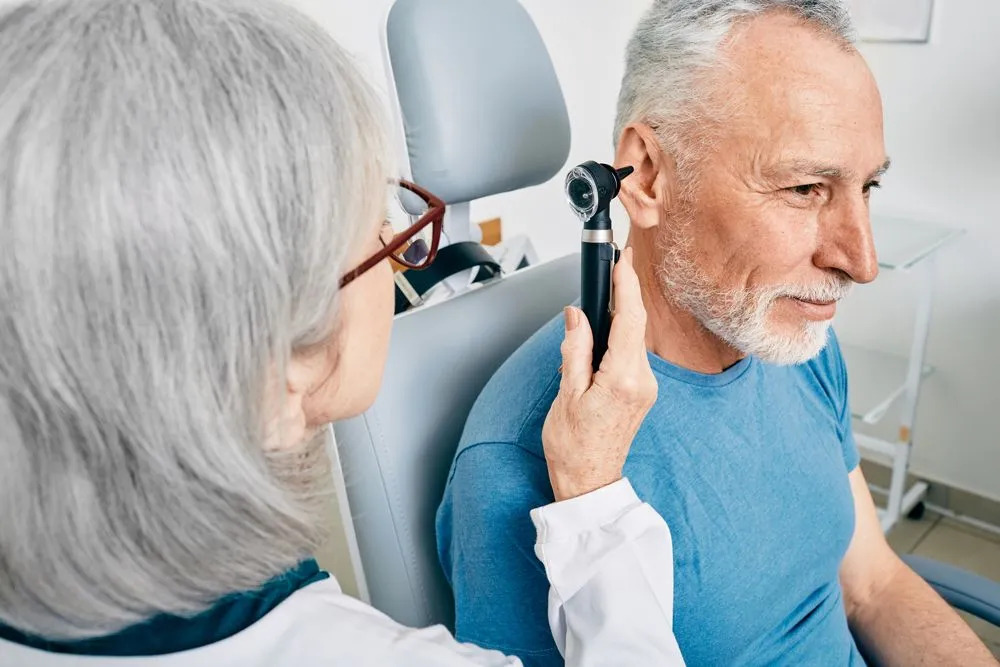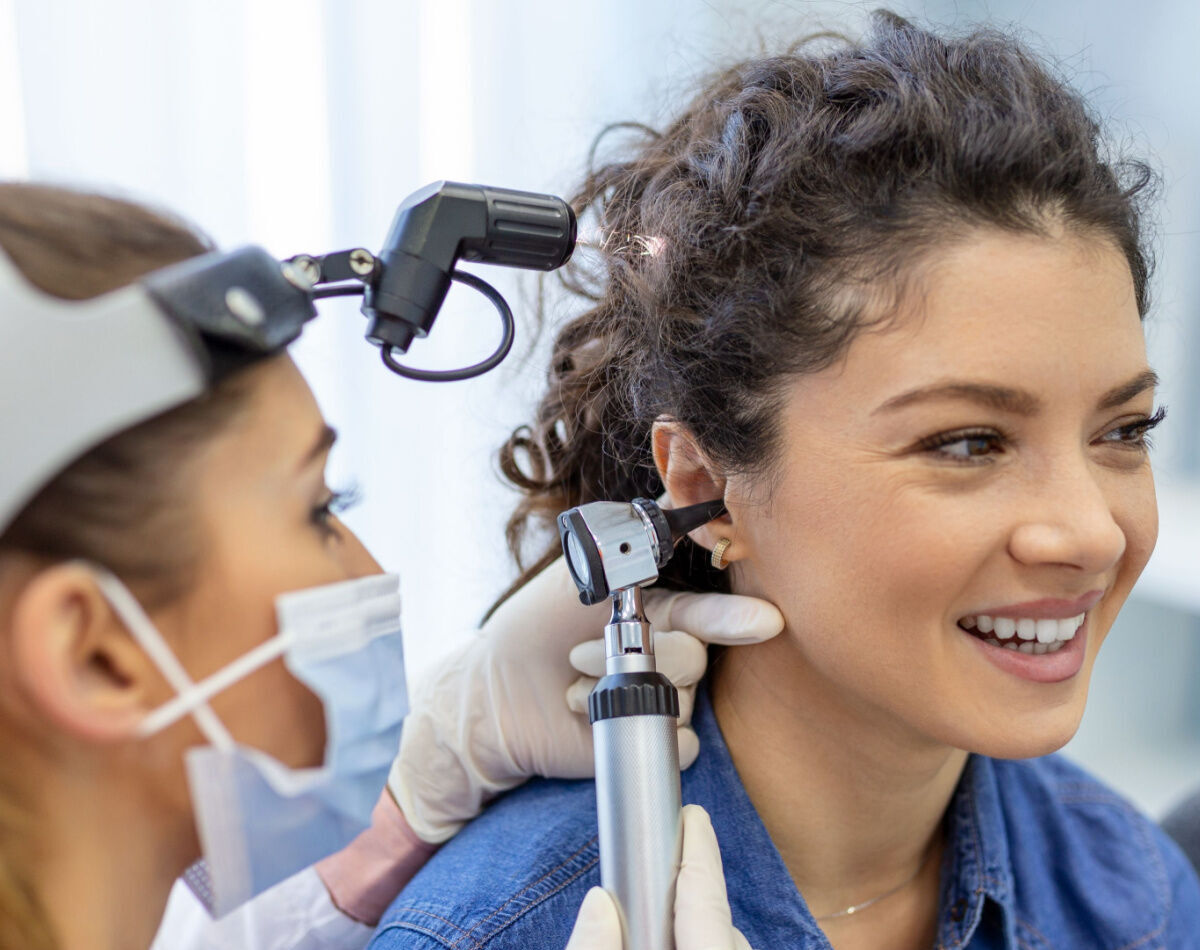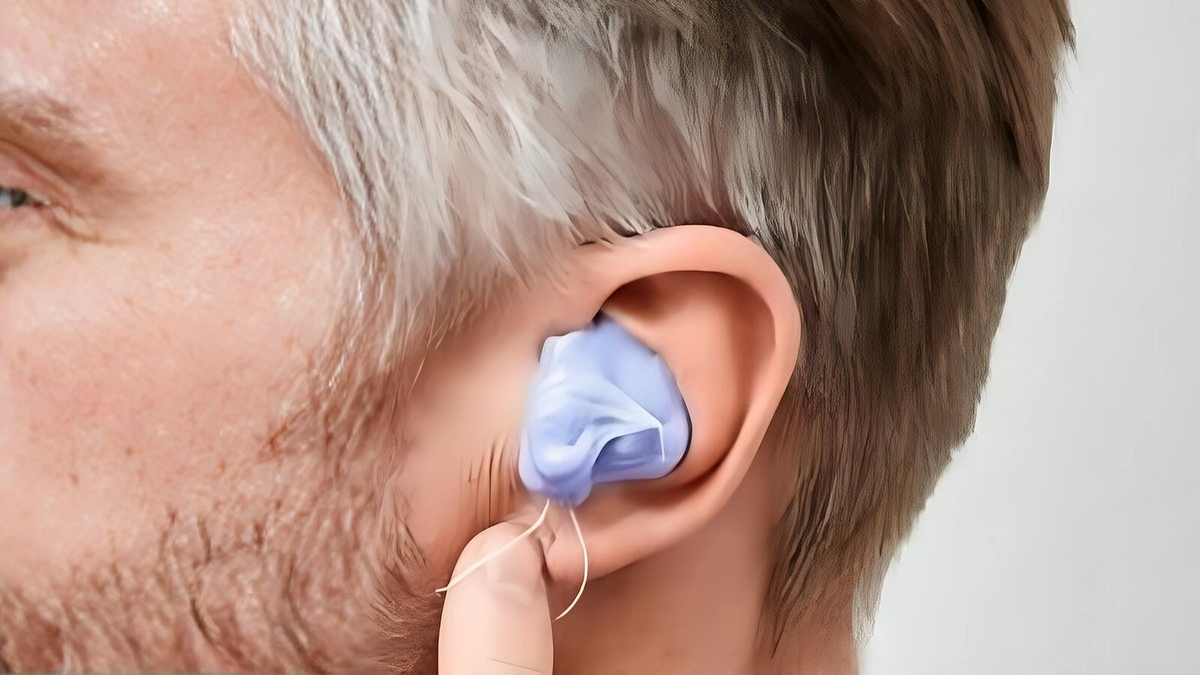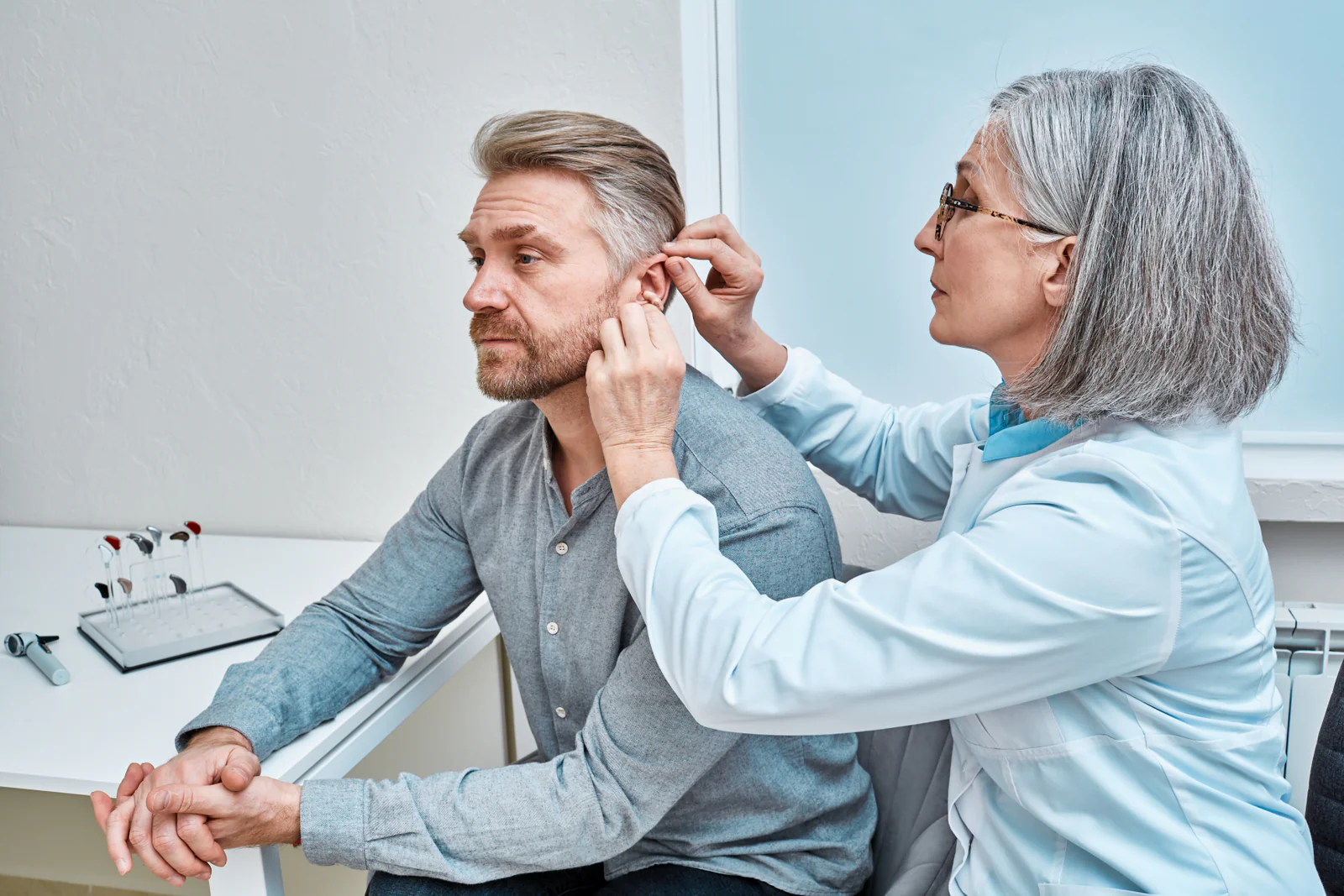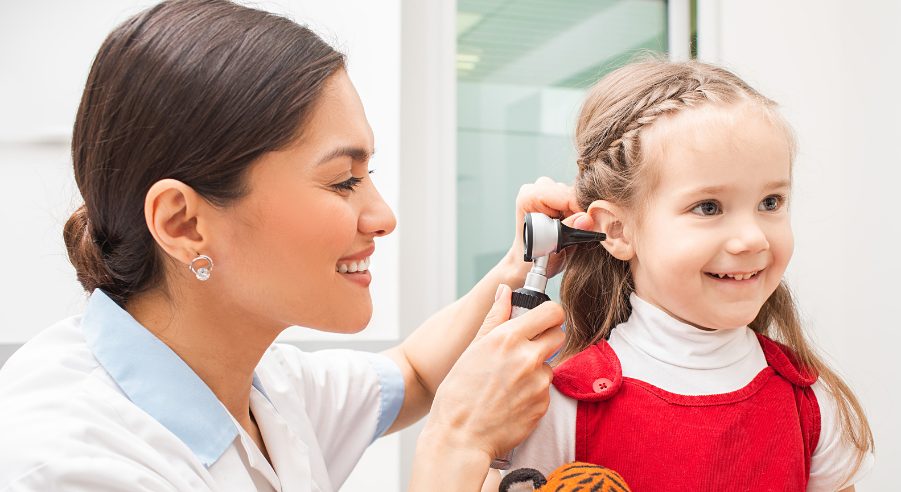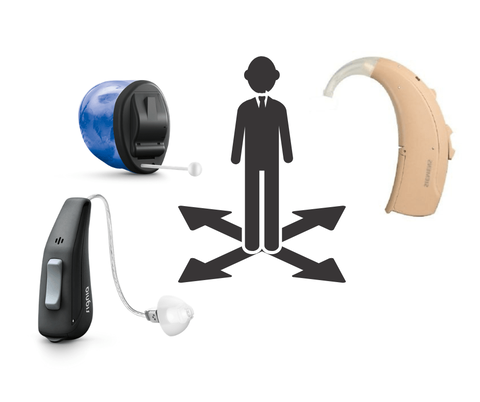August, 28, 2024
Tinnitus, often described as a persistent ringing, buzzing, or hissing sound in the ears, affects millions of people across Australia. While tinnitus is a common condition, it can significantly impact an indivi...Read more
August, 28, 2024
When it comes to your hearing health, choosing the right audiologist is crucial. At Pristine Hearing, we are proud to be recognised as the best audiologist in Perth, offering a comprehensive range of hearing se...Read more
July, 10, 2024
In the demanding environments of mining, industrial work, and heavy machinery, hearing protection is crucial. Workers are constantly exposed to loud noises that can lead to permanent hearing damage. Custom ear ...Read more
July, 10, 2024
Navigating the complexities of the Hearing Services Program (HSP) in Australia can be challenging, yet rewarding. Supported by the Australian government, this program provides essential support to eligible indi...Read more
May, 29, 2024
Imagine your child navigating the world without the full ability to hear—it's a silent challenge that many children face, often without their parents immediately noticing. This is where the expertise of a pae...Read more
March, 21, 2024
So, you've been told that your hearing is not the best and that it is time for hearing aids. Your Audiologist has given you a breakdown of the different hearing aid technologies and styles and has selected he...Read more
